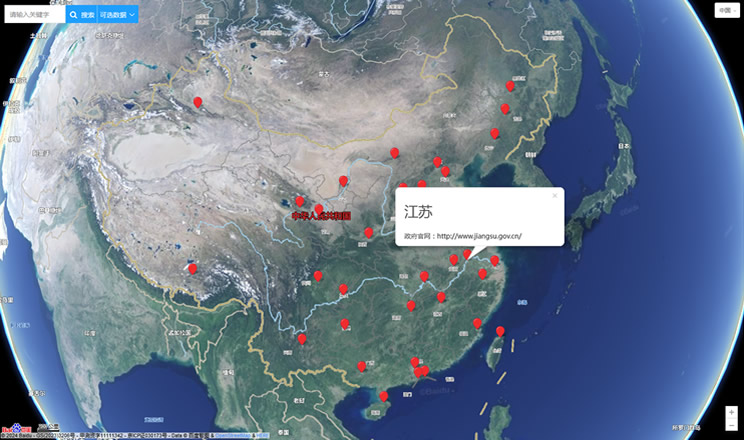Al Karak has been inhabited since at least the Iron Age, and was an important city for the Moabites (who called it Qir of Moab). In the Bible it is called Qer Harreseth, and is identified as having been subject to the Assyrian empire; in the Books of Kings (16:9) and Book of Amos (1:5, 9:7), it is mentioned as the place where the Syrians went before they settled in the regions north of Palestine, and to which Tiglath-Pileser III sent the prisoners after the conquest of Damascus. In 1958 the remains of an inscription was found in wadi al Karak that has been dated to the late ninth century BC. The area eventually fell under the power of the Nabateans. The Romans (with support from the Ghassanids or Ghassasinah الغساسنة) conquered it from them in 105 AD. The Al-Ghassasneh (Ghassanids) tribe is believed to be the first tribe to inhabit the site of modern al-Karak. The tribe consists of the families: Suheimat, Dmour, Mbaydeen, Adaileh, Soub, Karakiyeen. During the late Hellenistic Period, Al Karak became an important town taking its name from the Aramaic word for town, Kharkha. Under Roman rule the city was known as Areopolis, and in Late Antiquity as Harreketh. Under the Byzantine Empire it was a bishopric seat, housing the much venerated Church of Nazareth, and remained predominantly Christian under Arab rule.
Extreme weather in China
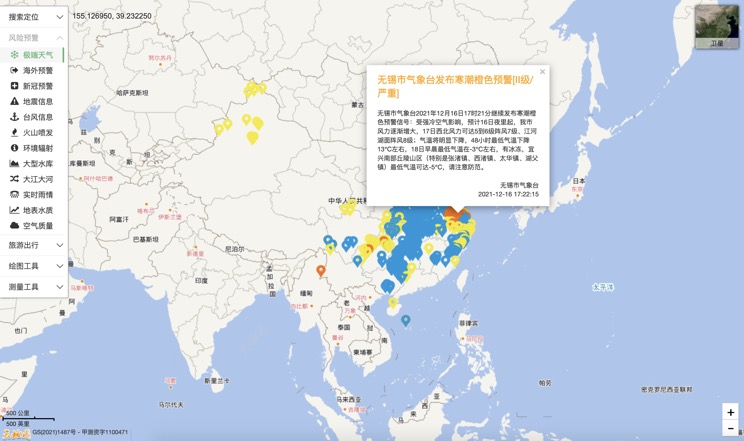
China Earthquake Information
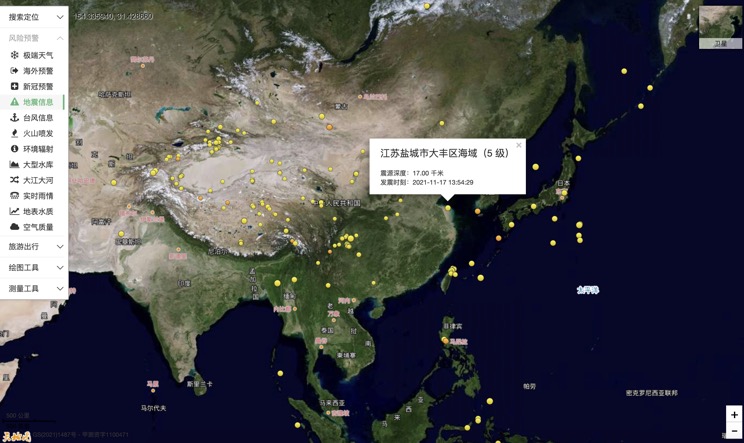
Volcano eruption
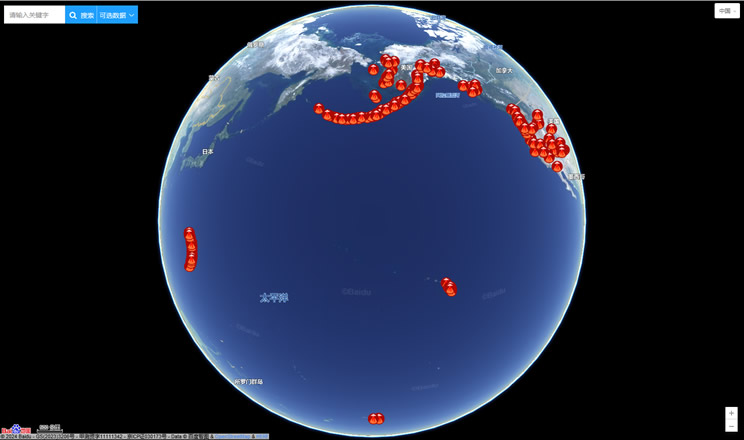
Environmental Radiation in China
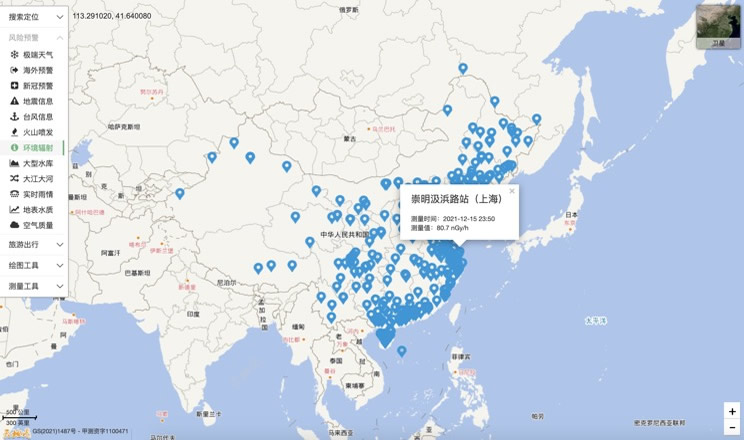
Overseas Warning
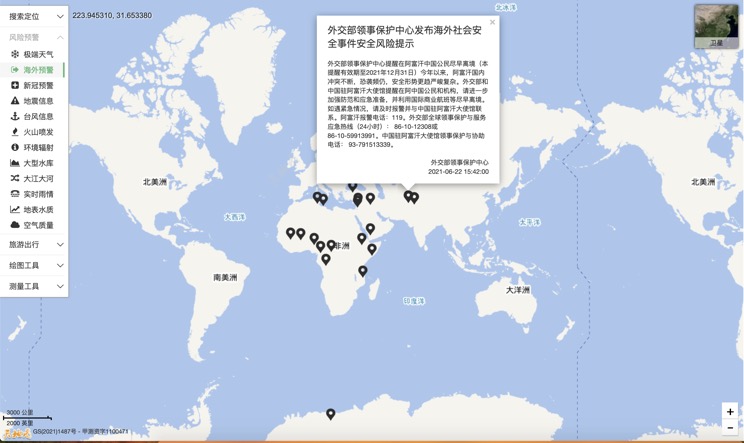
China's air quality
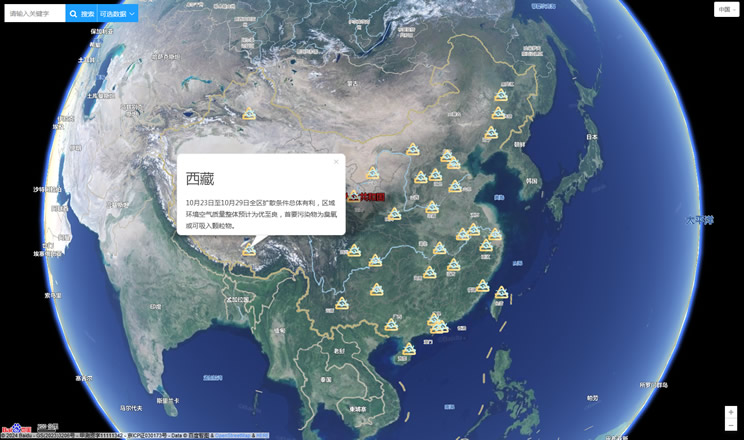
China's Water Disaster Alert
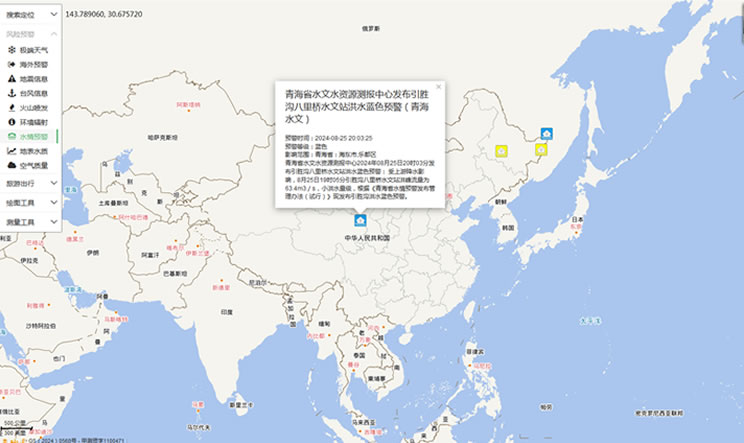
China Weather Forecast
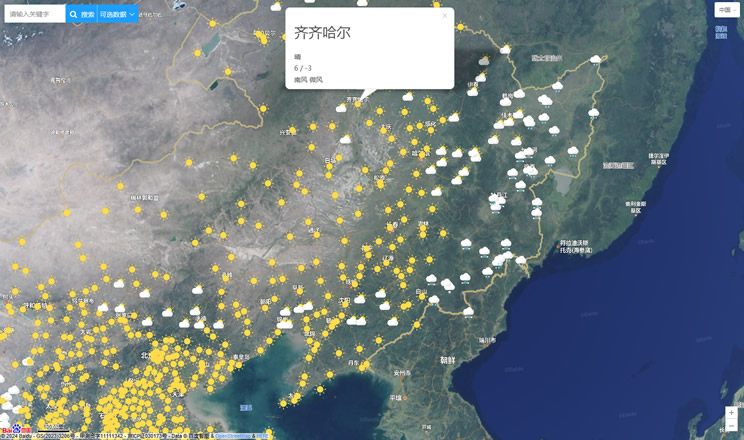
Introduction to Countries
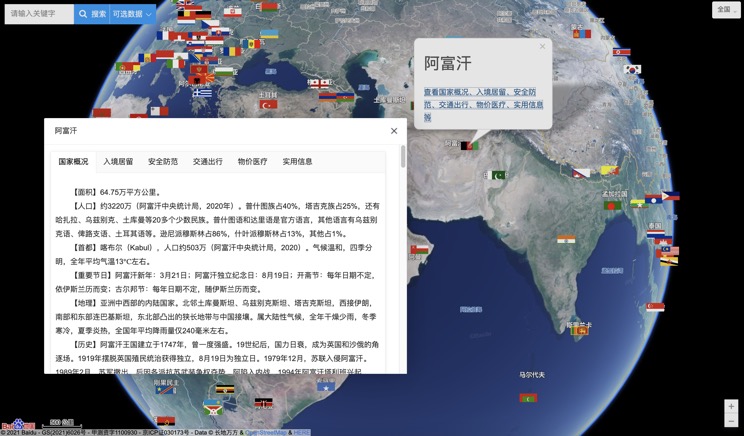
China Subway Lines

China's 5A Scenic Spots
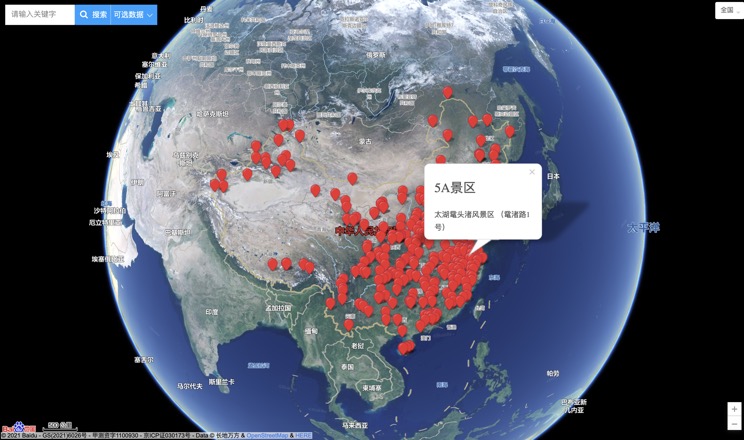
Provincial Capitals in China
